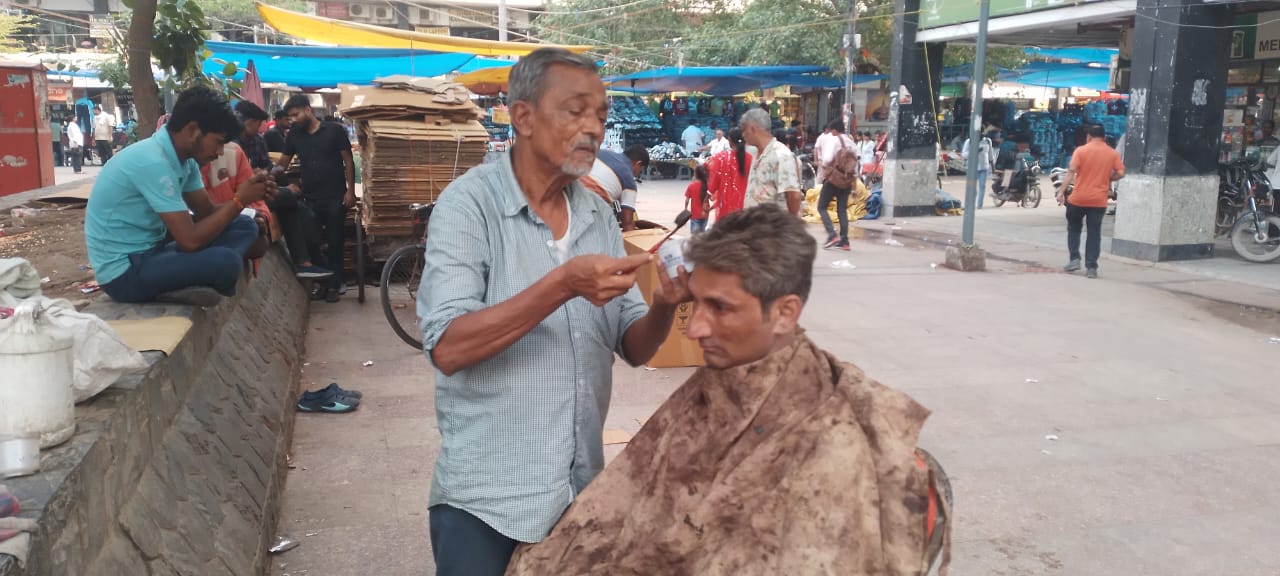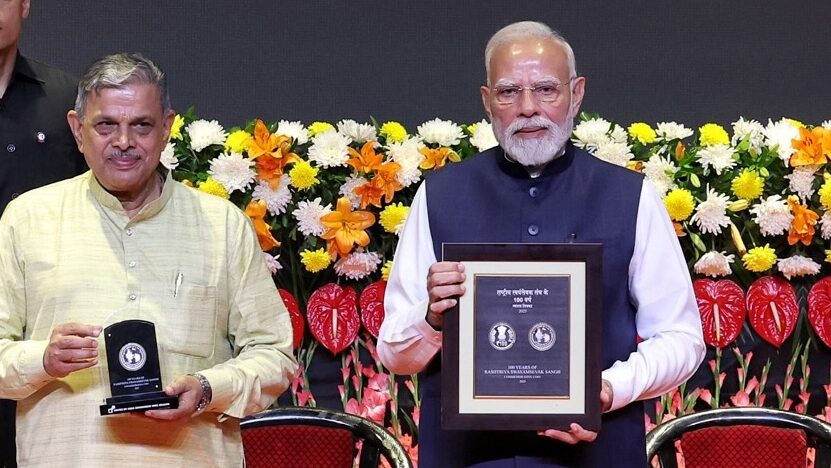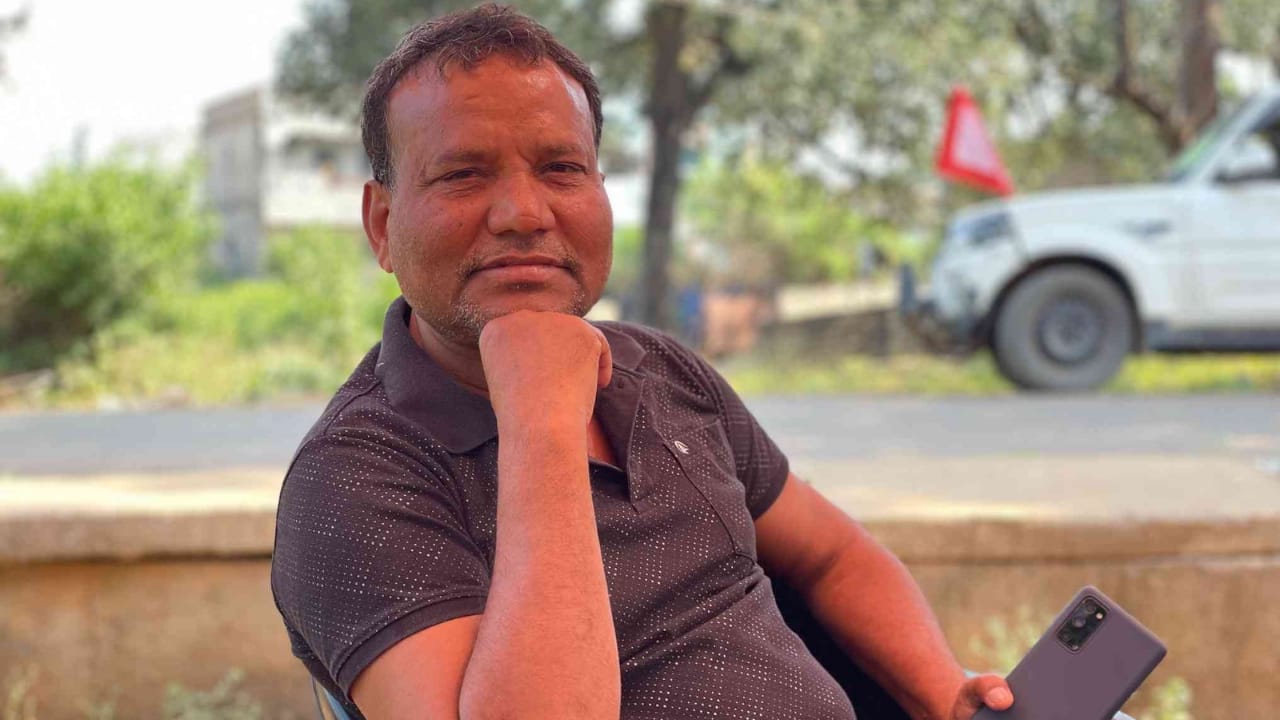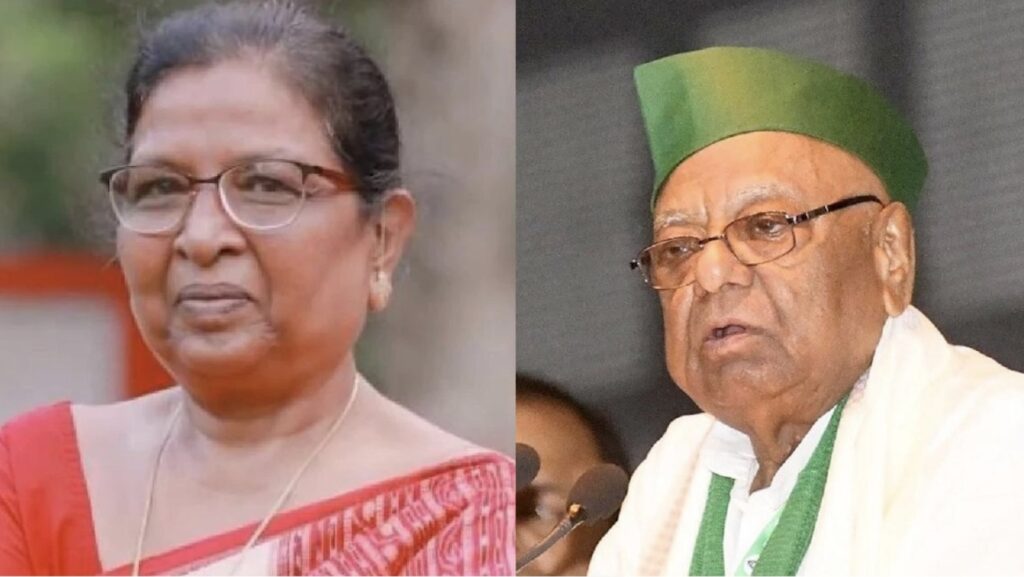Like in the rest of India, Gram Panchayat is the lowest and the smallest administrative unit in Bihar, too. There are two parallel power structures at the Panchayat level – Gram Sabha and Primary Agriculture Credit Society (PACS). The Gram Sabhas are administered by the Panchayati Raj Department of the government and PACS by the Department of Cooperatives. In keeping with the provisions of the Panchayati Raj Act, the posts of mukhiya (the head) and members of the panchayat are subject to reservation norms. Across panchayats, some of these posts have been reserved for Scheduled Castes (SC), Scheduled Tribes (ST) and Extremely Backward Castes (EBC). Both among reserved and unreserved posts, 50 per cent are reserved for women. In the case of PACS, reservation applies to members of the different committees. However, there is no provision for reservation for the post of chairperson of PACS.
Birendra Yadav Foundation (BYF) has been conducting studies on issues of social concern from time to time. Most recently, BYF studied the impact of the reservation regime on power equations in the rural areas.
Gram Panchayats and PACs in Aurangabad and Rohtas districts were chosen for the study. Both these districts are in south Bihar and are considered zones of influence of the Yadav and Rajput castes. In a handful of blocks within these districts, some other castes are influential.
There are 202 Panchayats and 204 PACS in the Aurangabad district. Similarly, there are 229 Panchayats and 247 PACS in the Rohtas district. The number of PACS is somewhat higher than the Panchayats because while some Panchayats have been upgraded to Nagar Panchayats, their PACS have not been disbanded.
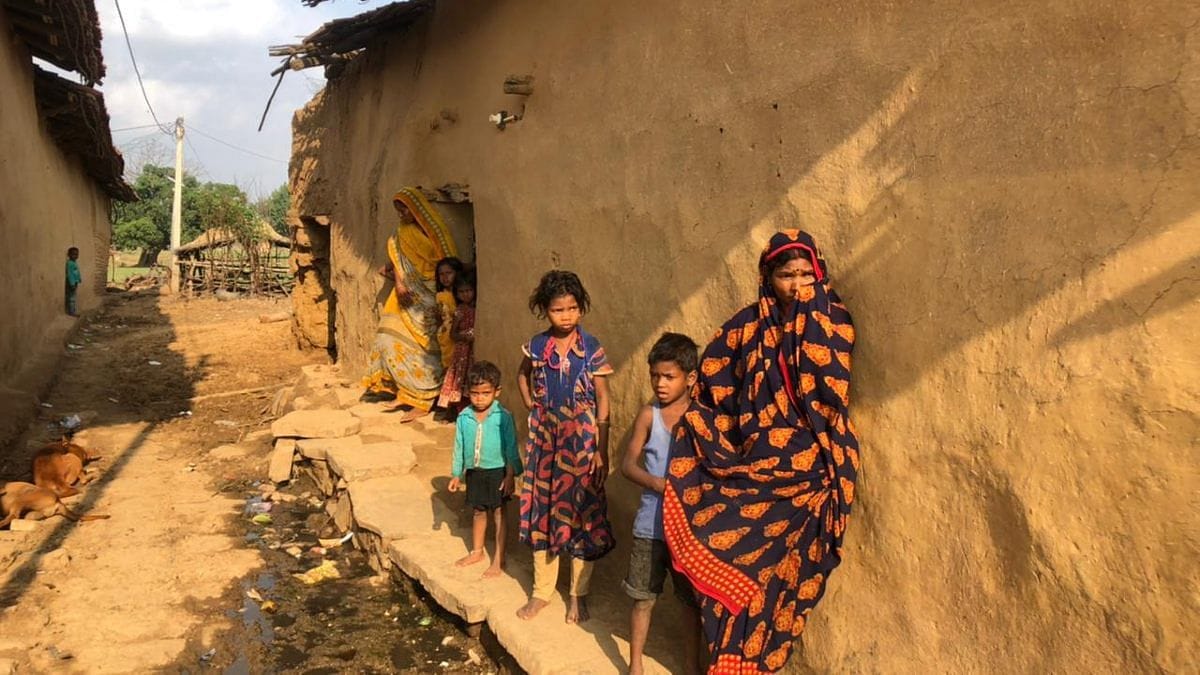
As part of its study, the foundation conducted a block-wise caste survey of the chairpersons of PACS and the mukhiyas of Panchayats. Caste-wise lists of Panchayats were also drawn up. This revealed several interesting facts about the mindset of the people, the social architecture and caste settlements. For instance, in Aurangabad district, Rajputs are dominant in the area south of the Gaya-Dehri railway line, while it is the Yadavs who are dominant in the north. If you look at the numbers of Brahmins and Bhumihars holding these posts, the number of Bhumihars is higher in Aurangabad district while in Rohtas, Brahmins are in greater numbers. While Chamars and Paswans have bagged most of the mukhiya posts reserved for the SCs, Banias have bagged most of those allotted to the EBCs. In both the districts, most of the unreserved mukhiya posts have gone to Rajputs and Yadavs. There are Koeris, Kurmis, Bhumihars and Brahmins, too, but their numbers are relatively low.
Caste-wise breakup of mukhiyas
| S.No. | Caste | Aurangabad | Rohtas |
|---|---|---|---|
| 1. | Yadav | 37 | 27 |
| 2. | Rajput | 32 | 45 |
| 3. | Bhumihar | 11 | 3 |
| 4. | Brahmin | 2 | 17 |
| 5. | Muslim | 16 | 11 |
| 6. | Koeri | 9 | 13 |
| 7. | Kurmi | 3 | 14 |
| 8. | Chamar | 14 | 11 |
| 9. | Paswan | 24 | 19 |
| 10. | Bania | 15 | 26 |
| 11. | Others | 39 | 43 |
| TOTAL | 202 | 229 |
BYF’s study revealed that numerically larger castes dominate the posts of chairpersons of both Gram Panchayats and PACS. As reservation norms do not apply to the post of PACS chairperson, hardly any Dalits or EBCs hold the post. In Aurangabad and Rohtas districts taken together, 58 per cent of the PACS chairpersons are either Yadavs or Rajputs. Though the Rajput population is less than that of the Yadavs, the former have 30 per cent more representation than the latter. Five-six castes, including the Bhumihar, dominate the remaining posts. Only a few from the reserved castes have managed to head PACS.
However, it is clear that reservations have had a major impact on power equations in the rural areas. Those holding the post of mukhiya are proof. The SC, ST and EBC have representation mainly due to reservations in the Gram Panchayat. Some from these reserved groups have been able to get elected to general category posts but their numbers are negligible. The 7-8 castes which dominate the post of PACS chairpersons also dominate the unreserved mukhiya posts.
Reservation has been given under three categories – SC, ST and EBC. Reservation for Adivasis (ST) is limited to the hilly areas of Rohtas district and that, too, to just two-three seats. Chamars and Paswans have been elected in the highest numbers to posts reserved for SCs. The reason is that their population is higher than that of the other SCs and they are also better off. However, a few Dalits from other castes have also been elected.
Caste-wise breakup of PACS chairpersons
| S.No. | Caste | Aurangabad | Rohtas |
|---|---|---|---|
| 1. | Rajput | 84 | 71 |
| 2. | Yadav | 59 | 49 |
| 3. | Bhumihar | 22 | 9 |
| 4. | Koeri | 14 | 28 |
| 5. | Brahmin | 7 | 34 |
| 6. | Kurmi | 7 | 32 |
| 7. | Bania | 5 | 15 |
| 8. | Muslims | 1 | 4 |
| 9. | Others | 5 | 5 |
| TOTAL | 204 | 247 |
The Bania (mostly Teli and Halwai) dominate the seats reserved for EBCs. Banias have a larger population than other EBCs and they are better placed financially. More numbers and more money are obviously advantageous in elections.
BYF, in its study, found that the reservation regime has increased the share of women in the rural power structures, although they have almost zero participation in the decision-making process. It is their husbands or other family members who take most of the decisions. During the study, calls made to women mukhiyas were mostly received by their husbands or other family members. The Display Pictures (DPs) of the official mobile numbers of women mukhiyas showed their husbands. In the rare case of a woman mukhiya receiving the call, the phone was immediately handed over to the husband.
The OBCs have been ruling Bihar for the past 35 years. Women have been entitled to reservations for the past 20 years. Both these facts, taken together, have opened up possibilities for a big change. But the dominance of the husbands and caste hegemony continues. Husbands are dominant in all the caste groups. Caste hegemony is a function of the population of the caste concerned.
Over the past 35 years, Yadavs have been challenging the domination of the Savarnas in the rural power structures. But the Yadavs have themselves become a hegemonic caste. Caste-centred dominance has not been eliminated. It has only changed its form. Chamars and Paswans have always been dominant among the SCs and their dominance continues.
The study shows that numbers and/or economic resources are still the determiners of political power. Social initiatives will alter this situation more than political initiatives. Neither the aggressive caste groups nor the docile ones are ready to change their character. People are striving for power while remaining confined to their caste groups. This makes the path easy for individuals but we still need to facilitate the forward march of the communities as a whole. The tragedy is that no initiative is being taken in this regard.
(Translated from the original Hindi by Amrish Herdenia)
Forward Press also publishes books on Bahujan issues. Forward Press Books sheds light on the widespread problems as well as the finer aspects of Bahujan (Dalit, OBC, Adivasi, Nomadic, Pasmanda) society, culture, literature and politics. Contact us for a list of FP Books’ titles and to order. Mobile: +917827427311, Email: info@forwardmagazine.in)

